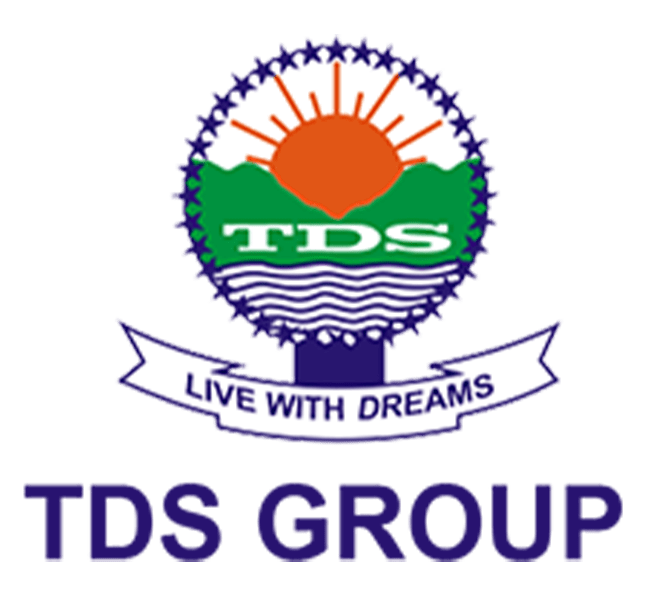Welcome to the TDS Group blog, where we share insights and expertise on various topics related to business and human resources. Today, we delve into a crucial aspect of any organization’s success: the recruitment process. As businesses strive to attract top talent and build high-performing teams, it becomes essential to continually improve and optimize recruitment strategies. In this article, we will explore key considerations and best practices that can help elevate your recruitment process to new heights. So, whether you are a seasoned HR professional or a business owner looking to enhance your hiring practices, stay tuned for valuable tips and insights that can make a significant impact on your organization’s talent acquisition efforts.
What is the Recruitment Process exactly?
The Recruitment Process refers to an organization’s systematic approach to identifying, selecting, and entering qualified candidates for job vacancies. It involves various stages: job analysis, sourcing, screening, interviewing, and decision-making. The process aims to find the right fit for the organization by evaluating skills, qualifications, and cultural compatibility, ensuring successful hiring and onboarding of new employees.
What is the need for an improved Recruitment Process?
Improving the Recruitment Process is essential for organizations to enhance the quality of hires, reduce time and cost per hire, and increase overall productivity. A Streamlined and Effective Process helps select top talent, ensures fair and unbiased selection, minimizes turnover, and strengthens employer brand reputation, leading to long-term organizational success.
Benefits of improving Recruitment Process
Improving the recruitment process offers numerous benefits, both immediate and long-term, for organizations. Here are some of the most impactful advantages:
1. Enhanced Quality of Hires: Improving the Recruitment Process increases the likelihood of enlisting and selecting highly qualified candidates who possess the skills, experience, and cultural fit required for the role. This leads to improved Performance and Productivity within the organization.
2. Reduced Time and Cost per Hire: Streamlining the recruitment process reduces the time spent on sourcing, screening, and interviewing candidates. It also minimizes the need for rehiring or replacing employees, thereby reducing recruitment costs and improving overall efficiency.
3. Increased Employee Retention: A well-structured recruitment process helps identify candidates who are a good fit for the organization’s values and goals. By hiring individuals who align with the company culture, there is a higher chance of retaining employees in the long run.
4. Improved Employer Branding: A positive recruitment experience creates a favorable impression of the organization among candidates, whether they are selected or not. This strengthens the employer brand and attracts a larger pool of high-quality applicants in the future.
5. Reduced Bias and Increased Diversity: By implementing standardized processes and objective assessments, the recruitment process can minimize biases and increase diversity in the workforce. This leads to a more inclusive and innovative work environment.
6. Enhanced Candidate Experience: A well-improved recruitment process ensures that candidates have a positive experience throughout the hiring journey. This contributes to a positive perception of the organization and helps signing up top talent in the competitive job market.
7. Better Alignment with Organizational Goals: By refining the recruitment process, organizations can align their hiring strategies with their long-term goals and objectives. This ensures that new hires contribute to the growth and success of the organization.
8. Improved Decision-Making: A structured recruitment process provides a clear framework for evaluating candidates’ skills, experience, and cultural fit. This enables more informed and objective decision-making, resulting in the selection of the most suitable candidates for the job.
9. Increased Agility and Adaptability: An improved recruitment process allows organizations to quickly respond to Changing Market Conditions and Business Needs by calling up and hiring candidates with the desired skills and expertise.
10. Long-Term Organizational Success: An improved recruitment process contributes to long-term organizational success by building a talented and diverse workforce, reducing turnover, and ensuring the right individuals are in the right roles to drive growth and innovation.
How to Improve your Recruitment Process
Improving the recruitment process is essential for attracting the right talent, optimizing organizational efficiency, and enhancing the candidate experience. Here are some best practices to enhance your recruitment strategy:
1. Clear Job Descriptions
To improve your hiring process, begin with clear job descriptions. Accurately outlining the role’s responsibilities, qualifications, and expectations attracts suitable candidates, ensuring a more streamlined and effective recruitment.
2. Diverse Sourcing
To improve the selection process, it’s crucial to diversify sourcing. By expanding channels like job boards, social media, and professional networks and utilizing employee referrals, companies can tap into a broader and more diverse talent pool, enhancing the quality and fit of potential candidates.
3. Applicant Tracking System (ATS)
Consider adopting an Applicant Tracking System (ATS) to improve the recruitment and selection process further. An ATS streamlines applications, tracks candidate progress, and automates various tasks, such as resume screening and interview scheduling, ensuring a more organized and efficient hiring journey.
4. Candidate Assessment
To improve your hiring process, incorporate candidate assessments. Using pre-employment evaluations and skill-based tests allows for an objective review of applicants, ensuring that the best fit for the role is identified based on merit and relevant competencies.
5. Streamlined Screening
To enhance and improve the selection process, it’s vital to employ a streamlined screening approach. By developing a structured method for reviewing applications, resumes, and cover letters, companies can concentrate on critical criteria, ensuring that candidates are evaluated fairly and biases are minimized.
6. Effective Interviewing
To optimize the recruitment and selection process, effective interviewing is critical. By training interviewers in competency-based techniques, conducting panel interviews, and posing behavioural questions, organizations can gain deeper insights into candidates’ skills, experiences, and cultural fit, ensuring a more comprehensive and informed hiring decision.
7. Timely Communication
To further improve your hiring process, timely communication is pivotal. Ensuring consistent and swift communication with candidates throughout their journey provides essential updates, offers feedback, and clarifies subsequent stages, creating a transparent and candidate-friendly experience.
8. Candidate Experience
To refine and improve the selection process, emphasizing the candidate experience is vital. By providing personalized interactions, clear guidance, and prompt feedback, companies ensure that every candidate departs with a favourable impression, regardless of the hiring decision’s outcome. This approach solidifies a company’s reputation as a desirable place to work.
9. Employer Branding
Employer branding plays a critical role in elevating the recruitment and selection process. Organizations can cultivate a compelling employer brand by authentically communicating and highlighting the company’s culture, values, and growth opportunities. This strategic branding attracts top talent and ensures they resonate with the company’s mission and ethos.
10. Continuous Evaluation
To consistently improve your hiring process, engaging in continuous evaluation is essential. Organizations can pinpoint areas requiring enhancement by regularly reviewing key recruitment metrics like time-to-fill, cost-per-hire, and candidate satisfaction. This ongoing analysis ensures the recruitment process remains agile, effective, and aligned with evolving hiring needs.
Conclusion
In conclusion, the recruitment process is a critical determinant of an organization’s growth and long-term success. Its refinement and optimization lead to the selection of top talent and, a stronger employer brand, reduced costs, and enhanced workforce diversity. In a dynamic business environment, a proactive approach to recruitment, grounded in clear strategies and the incorporation of technological tools, ensures organizations remain ahead in the talent game. The outlined best practices provide a roadmap for businesses, whether startups or established entities, to attract, select, and retain the best talent in the market. The journey toward excellence in recruitment is continuous, and with these insights, organizations are well-equipped to navigate it successfully.






